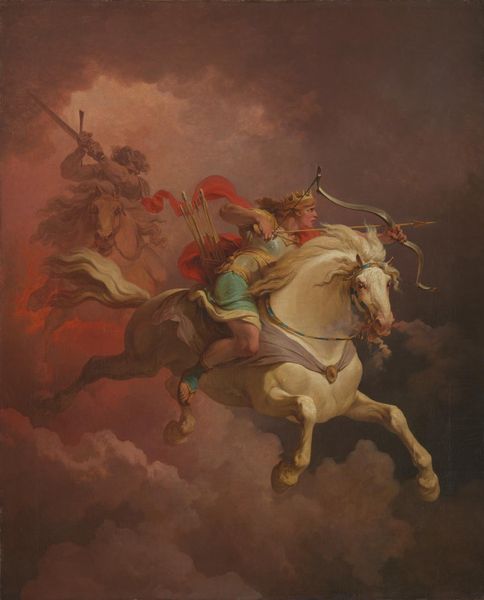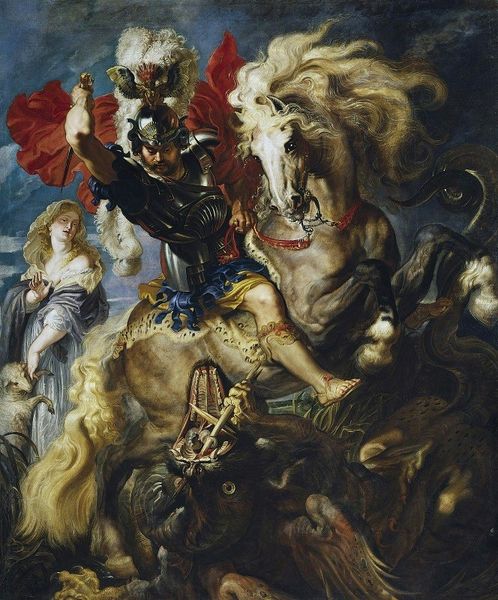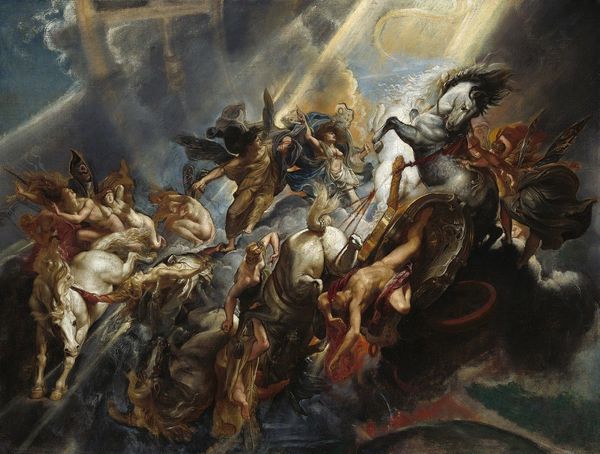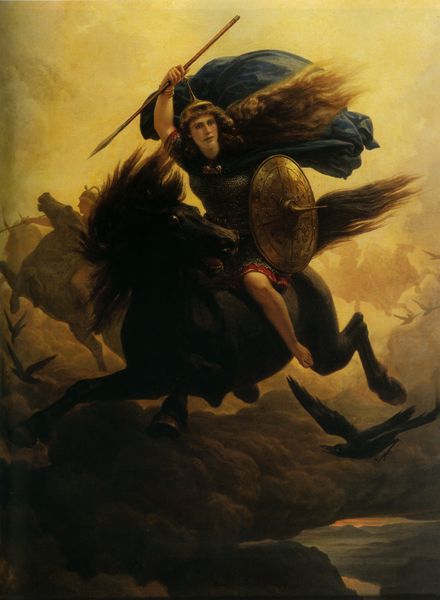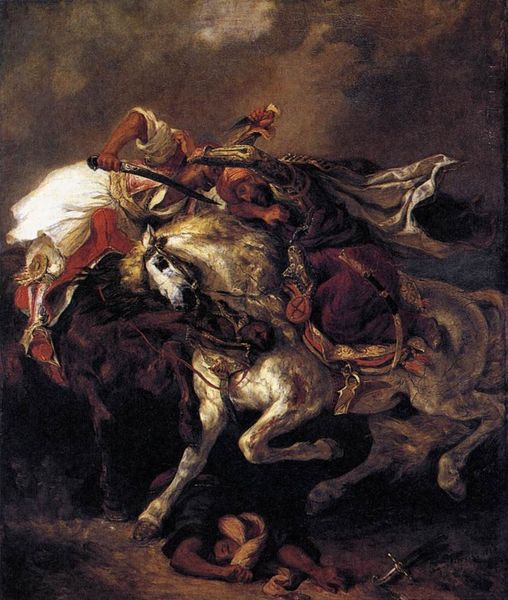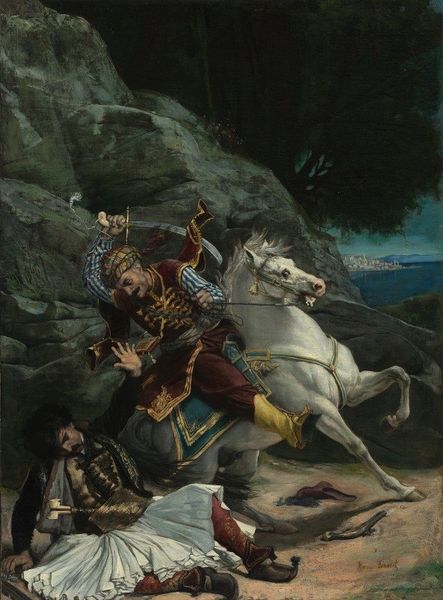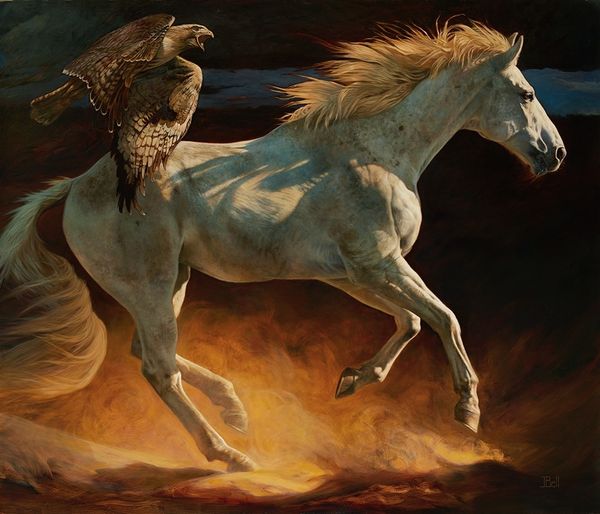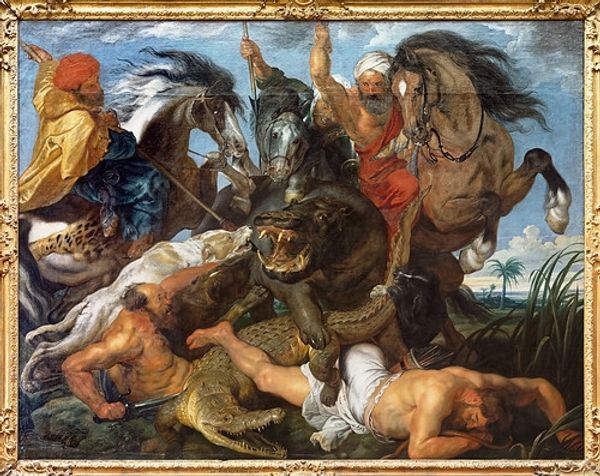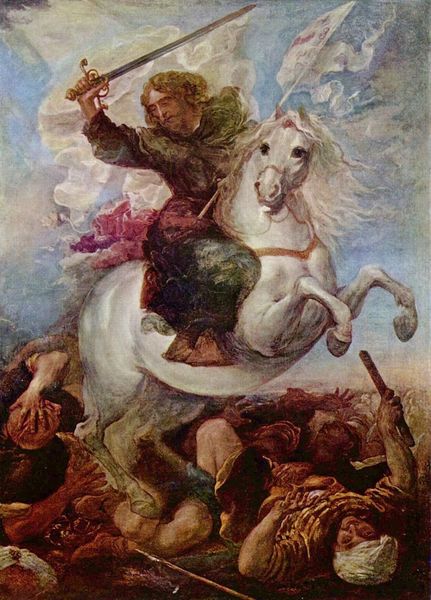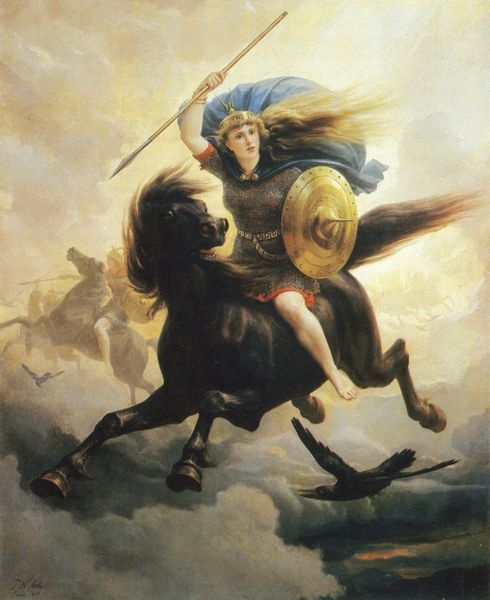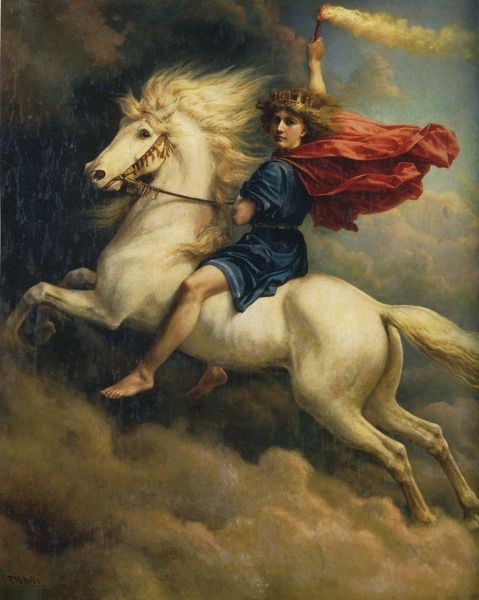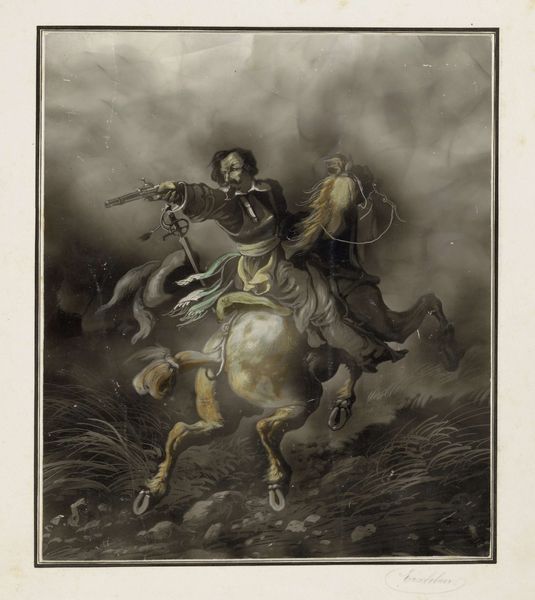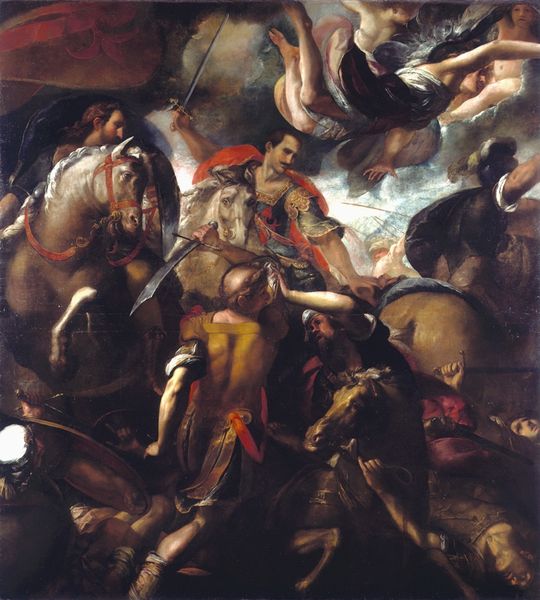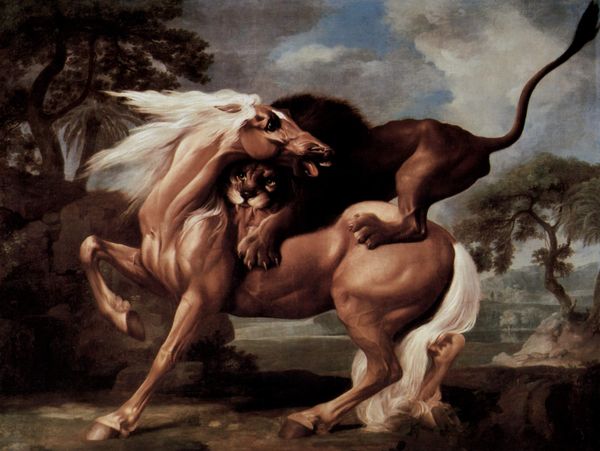
Equestrian Portrait of Giancarlo Doria 1606
0:00
0:00
peterpaulrubens
Palazzo Spinola di Pellicceria (Palazzo Francesco Grimaldi), Genoa, Italy
painting, oil-paint
#
portrait
#
baroque
#
painting
#
oil-paint
#
group-portraits
#
mythology
#
history-painting
#
erotic-art
#
realism
Dimensions: 265 x 188 cm
Copyright: Public domain
Peter Paul Rubens painted this equestrian portrait of Giancarlo Doria in oil on canvas. The painting represents the complex social dynamics of 17th-century Genoa, where powerful families like the Dorias held significant influence. Rubens's depiction of Giancarlo Doria transcends a mere record of aristocratic status, engaging with questions of identity and power. Giancarlo Doria is portrayed as a figure of authority, embodying the ideals of the ruling class. Yet, we might also consider how this representation intersects with the artist's own identity as a Flemish painter working in Italy. Rubens’s portraits were not just about surface appearances. "My passion comes from heaven, not from earthly considerations," he said, alluding to the sense of divine inspiration. Rubens employs the equestrian portrait genre to convey themes of leadership, control, and nobility. The inclusion of the dog might be seen to represent fidelity and loyalty. This depiction serves to reinforce the established social order, as well as sparking reflection on the nature of power and its visual representation.
Comments
No comments
Be the first to comment and join the conversation on the ultimate creative platform.
